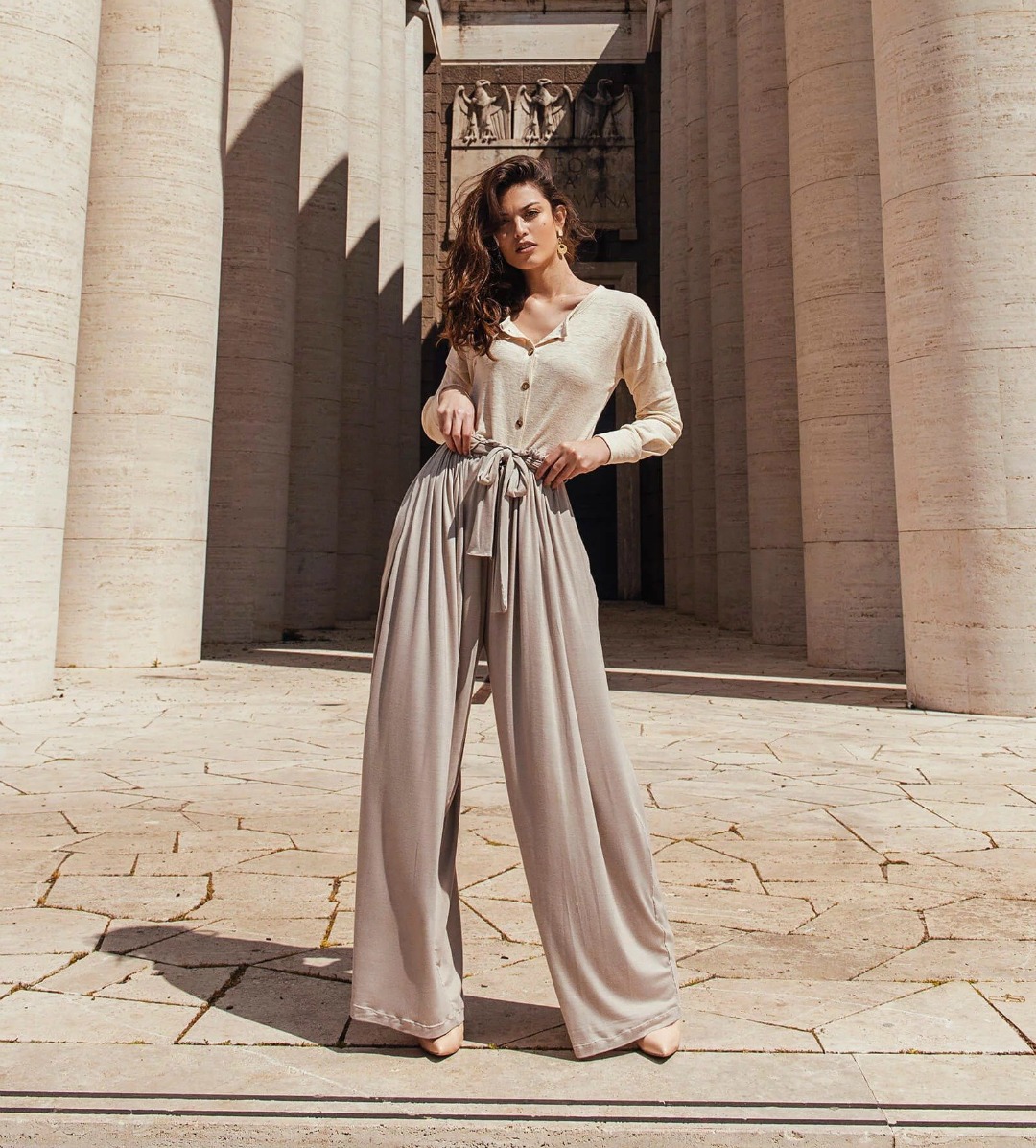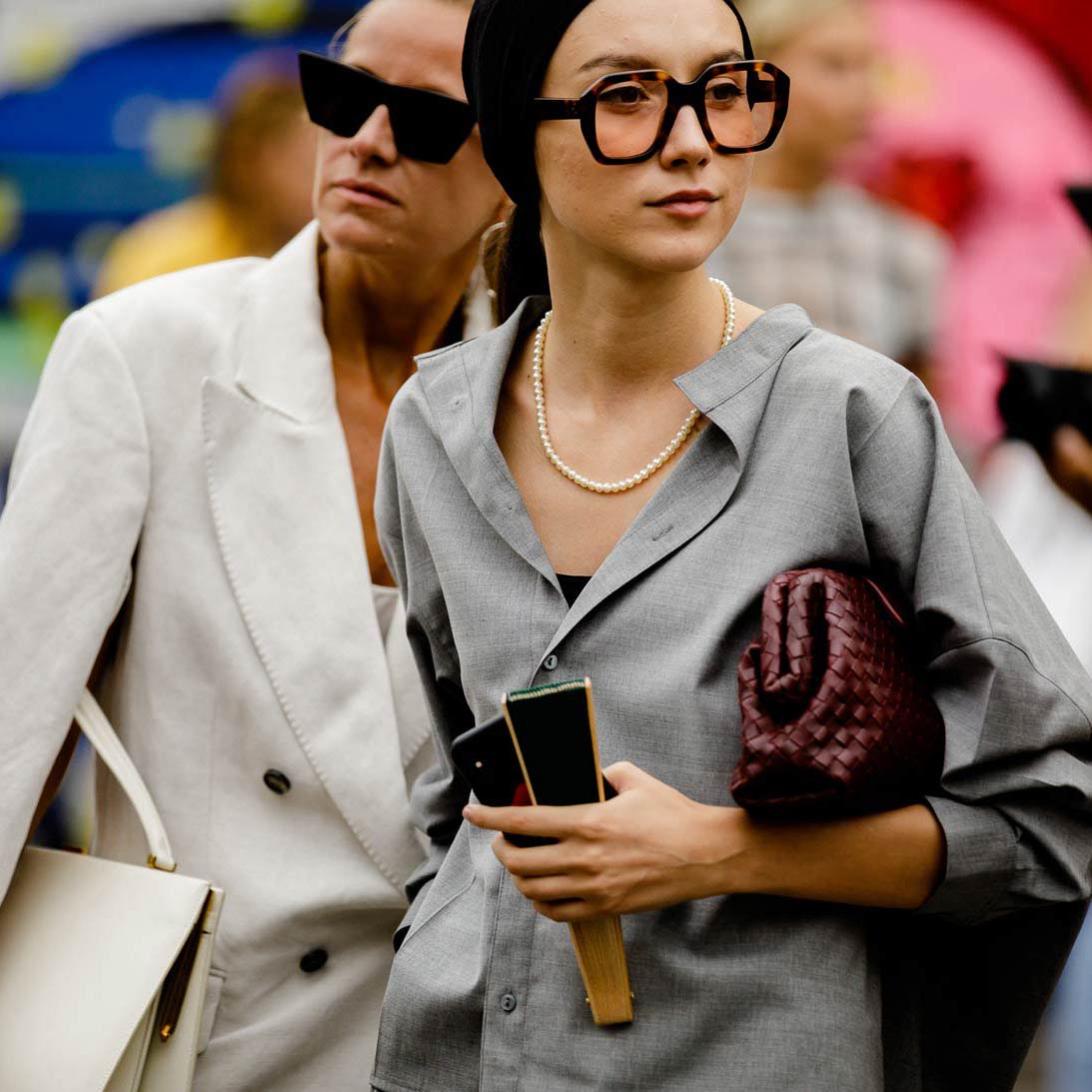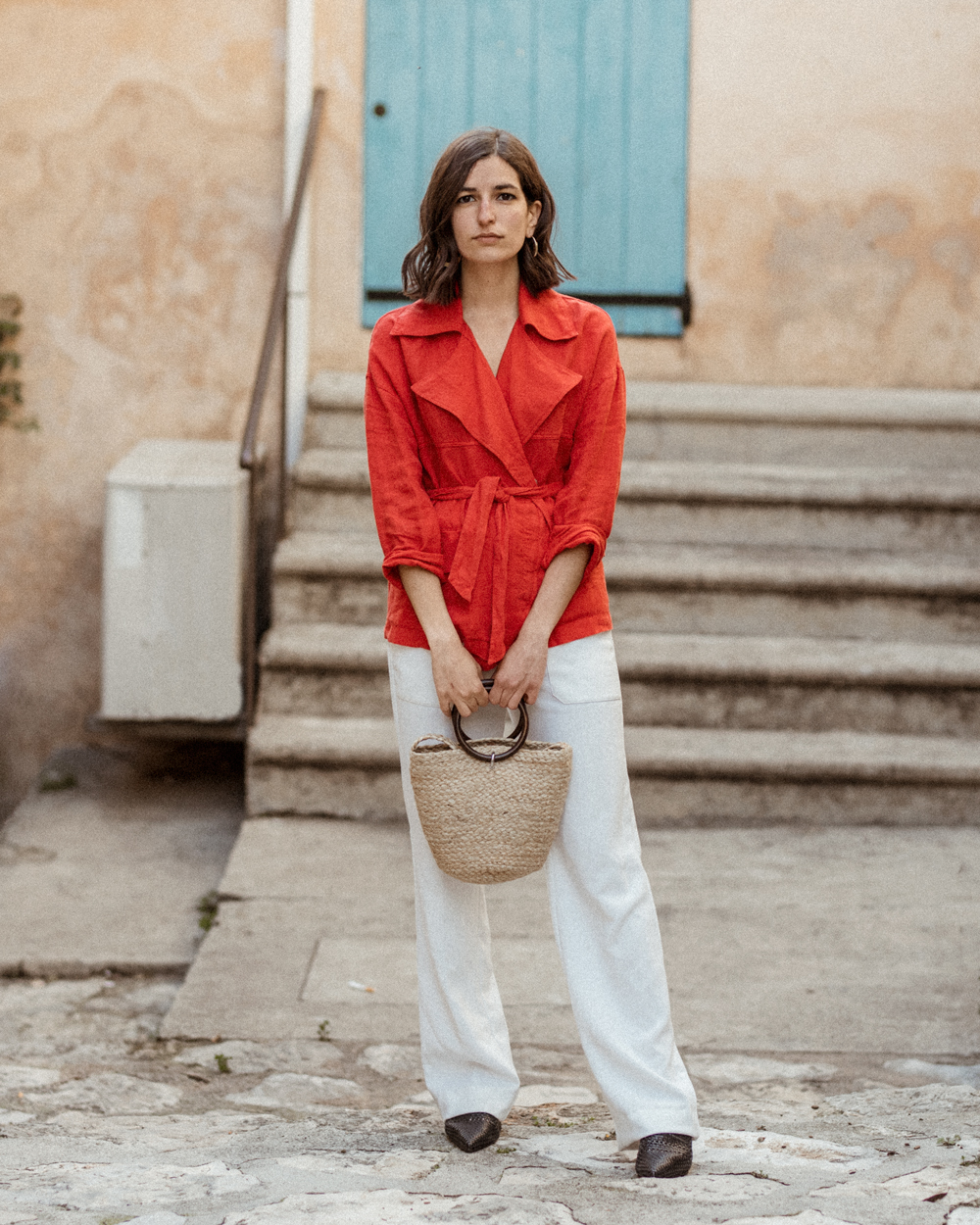
Sustainability is something that is being increasingly pursued across the board in all aspects of modern life. One of the most important areas where we need to embrace this is our clothing choices.
“Fast Fashion” is actually one of the leading causes of damage to the environment, and there have been numerous discoveries of unethical practices in the supply chains of many manufacturers.
Fortunately, clothing brand are starting to take notice and make changes to the way they operate. There are emerging brands that are focusing entirely on sustainable practices, and some established brands are now leading the way in human rights.
Not sure what’s ethical? Here are 5 tips to help you shop sustainably

#1 – Educate yourself
In the fashion world, things move quickly and it can be difficult to keep up. Thankfully, plenty of people are keen to spread the word about sustainability, so there is quite a lot of information out there that’s free and easy to access.
Check out YouTube, podcasts or blogs for education that’s been created to help consumers learn about sustainability in the clothing industry.
MORE – Is There A Link Between Self-Esteem and Sustainable Shopping? A Stylist Says YES!
One must-see documentary is True Cost, which sheds new light on the people responsible for making our clothing and the devastating impact the fashion industry has been having on our world.
#2 – Look at working conditions
Brands are cottoning-on to the growing consumer interest in learning more about where and how their products are made. Check out the website of your favourite brand to get an idea of what steps they are taking (if any) to ensure the working conditions of their garment producers are satisfactory. This information is usually found in the ‘About’ or ‘Sustainability’ pages.
If your favourite brand isn’t forthcoming with that information, ask them about it.
You should be wary of any brands that are not open about the processes involved in manufacturing their clothes. There should be evidence of the steps they take towards helping the garment industry have a more positive impact on the environment and human rights.
#3 – Prefer eco-friendly materials
The biggest factor in the garment industry which determines its environmental impact, is the use of chemicals. When shopping, try to buy pieces that are made with natural, biodegradable materials such as:
- Organic cotton
- Hemp
- Linen
- Bamboo
- Tencel
- Wool
Information on the materials used in a garment is usually included on the clothing label, but you can also search this information on the product page on the brand’s website.
As the demand for eco-friendly materials increases, the focus of manufacturers will shift to reflect this. It all starts with individuals making choices, so don’t ignore your responsibility.

#4 – Emphasise quality over quantity
We hope you’ll agree, but it is far more satisfying to invest in a beautiful item of clothing that may cost more, than it is to buy several items of cheaper clothing.
More expensive garments are not only made to a higher standard, they are often designed a lot better, which allows them to transcend trends and seasons. If you shop smart, your premium item will last for years to come, regardless of how often you wear it.
Meanwhile, cheaper clothing is far more likely to look old and fall apart within weeks of buying it, and then it’ll be discarded. Clothing that has been thrown away will end up sitting in landfill for literally hundreds of years.
Follow the example of the French: build a substantial wardrobe of timeless classics that will last you for years.
#5 – Shop secondhand
For anyone who is both eco-conscious and on a tight budget, used clothes are always a great option. Second-hand clothing doesn’t require any new materials to produce when they transfer from one owner to the next. And by keeping clothing out of the waste stream, there is less mass building up in landfill.
Quality used clothes are generally much cheaper than quality new ones, so you won’t need to worry about breaking your budget either.
But don’t think that by buying secondhand clothing you have to rummage through stuffy bric-a-brac stores or scour charity bins. These days, there are plenty of outlets that specialise in designer and high quality pre-loved items for a fraction of the RRP.
For quality secondhand clothing check out The RealReal, Poshmark, Vestaire Collective, and eBay.
MORE – How AI Is Disrupting The Fashion Industry
MORE – How To Shop For Ethical Clothing Without Sacrificing on Style

No Comments